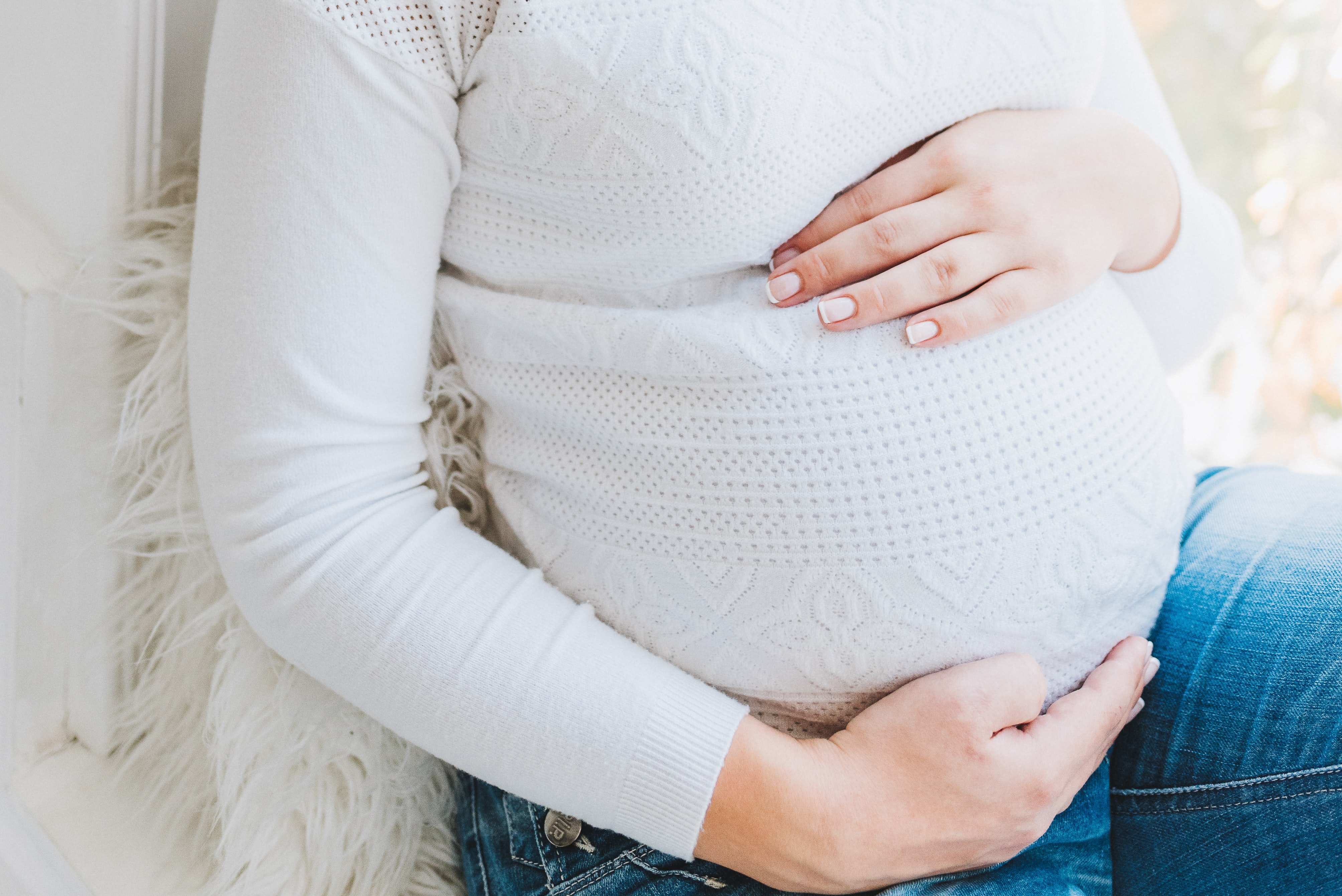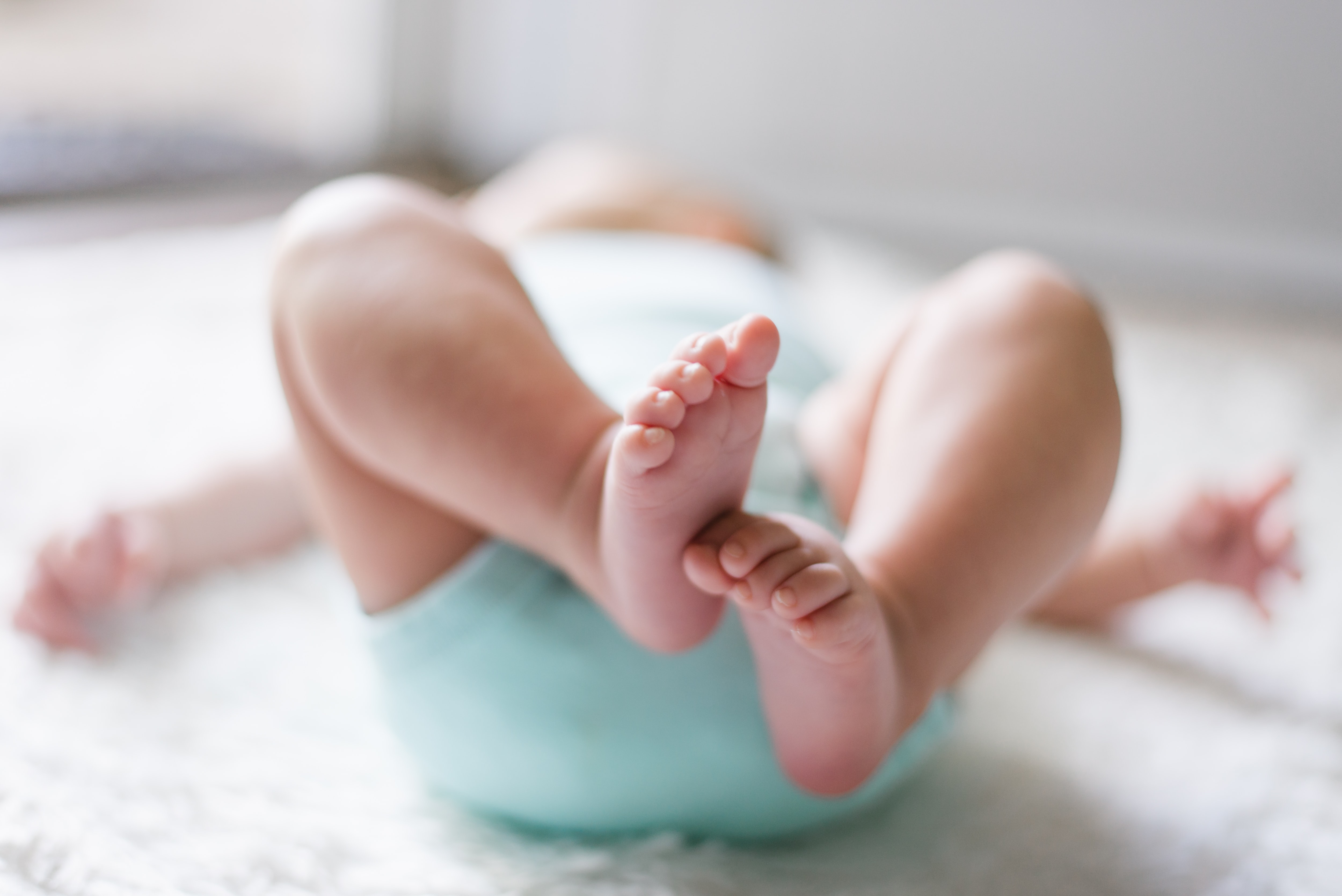Putting A Baby Up for Adoption: 6 Things to Know
Positive Adoption Language
The language we use surrounding adoption is important. Adoption involves a real birth mother and father, an adoptee, and adoptive parents. All three members of the triad deserve dignity, respect, and honor throughout the lifetime journey of adoption. Certain language within the adoption world has been changed to honor and lift all members of the triad, but particularly birth parents and adoptees. “Putting a baby up for adoption” has a negative connotation, as it can sound almost flippant or comparative to putting an animal for adoption and as if you are devaluing the life of the adoptee.
In the process of adopting our two children, many people made inappropriate comments about our children. I am always keenly aware of how these comments make our children feel, and that informs me of which language is appropriate and which language is not. For example, when I heard about “gotcha day,” as another term for the adoption day, I immediately felt uncomfortable. “Gotcha” sounds like someone came to a store to pick them up and take them home forever. To me, it shifted the attention from the adoptee’s experience (adoption day) to the adoptive parents’ experience (gotcha day). We decided to not use the term, as we didn’t feel that it was assigning honor to our children and their experience, and it made the adoption about us and the growth of our family instead of welcoming our children into our family.
Whenever there is a negative connotation attached to a phrase, such as “putting a baby up for adoption,” or “gotcha day,” it is important to intentionally change the wording to assign honor and dignity to adoptees, birth parents, and adoptive parents. When we change the language, we change the culture of it. For example, when we say “putting or giving a child up for adoption,” it is indicating that a birth parent is “giving away” their child, which has a negative connotation. When we change the language to “placing a child for adoption,” we are assisting in a change toward a cultural attitude shift about birth parents. Changing language honors and lifts birth parents in their decision to provide a different life for their child.
Changing the language surrounding adoption can change how we view birth parents, adoptees, and adoptive parents. For me, being careful about how I talk about my children, their stories, and their parents’ stories has helped me to check myself on our adoption journey. As a birth parent, you can intentionally honor yourself and your child by changing your language from “putting a child up for adoption” to “placing a child for adoption.” It’s a small, simple change that can create a ripple effect of honor and dignity within the adoption community. You can find more ways to change adoption language here.
Placing a Child for Adoption: What does it mean?
Placing a child for adoption (previously termed “putting a child up for adoption) means that you will find and choose an adoptive family to raise your child. This usually happens through an agency or with the help of a lawyer. With an agency, you will receive help, such as an options counselor and caseworker, who can walk you through the adoption process. They can inform you about your adoption options when placing a child for adoption, such as the type of adoption that you desire. There are three types of adoption that you can pursue: open adoption, semi-open adoption, and closed adoption.
In an open adoption, you will have an open relationship with your child and her adoptive parents. The extent of the relationship is determined by the birth and adoptive parents. It can vary from monthly or quarterly visits to only communicating via mail or email. In a semi-open adoption, the birth parents can communicate with their child, but only through the agency. Some level of confidentiality is maintained. A closed adoption does not allow for information or contact between birth parents and adoptees. Most birth parents in the US have moved toward open or semi-open adoption, as it is so helpful in the identity formation of the adoptee. They feel much more secure in themselves when they know who their parents are, their heritage, and their history. Sherrie Eldridge talks about this in her book Twenty Things Adopted Kids Wish Their Adoptive Parents Knew, highlighting what it feels like for an adopted child to lose their biological parents. Through an open or semi-open adoption, a birth parent can be a meaningful part of their child’s life. You can have a beautiful relationship with your child, but it will certainly look different from a traditional parent-child relationship.
If it is difficult to envision this relationship with your child being meaningful, consider how not having a relationship with your child might have an impact on them. When adoptees do not know their birth parents, they are left with many questions about their life and history. Adopted children have an innate desire to know and love their biological parents, and sometimes the grief of not knowing who their parents are (even if they are unable to acknowledge it) becomes overbearing. This can cause many challenges for adopted children, including mental health and behavior challenges. Although you will not eradicate the grief that accompanies separation from birth parents, you will alleviate it through knowing and loving your child, even if it is in a different way. If you do choose to have a closed adoption, consider allowing the adoptee to know his or her medical history or provide some pictures. This allows the adoptee to connect with their past, culture, and identity.
Six Things You Should Know
Pregnancy is a life-changing event in a person’s life. You are bringing another life into the world, which is a joy and a privilege. Adoption is equally life-changing, and you should be fully aware of the impact this decision will have on you and the life of your child – both positive and negative. Here are six important things to keep in mind when deciding whether to place a child for adoption.
1. You and your child will experience grief.
While adoption does create families and brings joy from sorrow, one cannot negate that sorrow is, indeed, part of the journey – for both the birth parents and the adoptee. As a birth parent, it is essential to acknowledge that being separated from your child will cause grief and sadness that can reappear at different times of your life. In addition, your child will experience pain from being separated from their biological mother and father. This is not just because they desire to know where they come from; this grief manifests itself as trauma when a child is removed from a biological parent, even as a baby. The good news is grief can be overcome over time and with intention and awareness. In a loving family, your child can heal and grow. And within a loving environment, a birth parent can also heal and grow.
2. Adoption is a lifelong journey, not a one-time decision.
If you choose to place a child for adoption, whether it is open or closed, it will be a lifelong journey. If you have a closed adoption, the grief may resurface later in life or different situations. If you have an open adoption, you will still have a relationship with your child, albeit a different type of relationship. Although the relationship will ebb and flow, it is important to remember that this child is not disappearing.
3. There are other options available if you don’t choose to pursue adoption.
If you are considering not placing your child for adoption, but feel like you don’t have other options, keep in mind that there are organizations designed to assist moms who feel overwhelmed parenting or need help and support. One such organization is Safe Families. They provide you with a host family that functions as an aunt and uncle role. These host families can help you with respite care as you work, go to school, or pursue your goals. Safe Families is just one example of organizations that can help you in your parenting journey if you choose not to place your child for adoption.
4. Hopeful, loving families are waiting to adopt children.
People adopt for a myriad of reasons, but one of the primary reasons is infertility. Some couples dream of having children but are unable to have them by no fault of their own. They desire to hear little feet, kiss little cheeks, and love without condition. If you believe that adoption is the best avenue for you and your child, there is a family who would be extremely grateful to have the opportunity to raise and love your child as their own. If you choose to place your child for adoption, you will be helping another couple create a family, something they were physically incapable of doing. You will be giving the gift of family, a precious, irreplaceable gift.
5. With open adoption, you can be a valuable and meaningful part of this new family.
You can choose the extent of the openness of your adoption, but if you so choose, you can be a valuable member of this new family that you helped create. Although it may look different, you will always share blood and DNA with the child that you placed for adoption, which binds you together. You can participate in birthday parties, attend graduations, and simply enjoy the company of your child. It is similar to being an extended family member.
6. A birth mother’s role is an essential one.
If at all possible, as stated earlier, it is important that the birth mother and adoptee know one another. However, this is not only for the benefit of the long-term mental health of the adoptee. The birth mother’s health and care for herself are also essential for the wellbeing of the child. Think about the adverse effects on a child when a mother drinks or consumes drugs during pregnancy. A child can develop fetal alcohol syndrome when a mother drinks, causing them complications for the rest of their life. A child whose mother was addicted to drugs will have trouble eating and sleeping after birth. If a mother experiences extreme stress, it can impact the baby’s health. Therefore, the time that a child has with you in the womb, growing and developing, is essential and will provide solid ground on which your child can grow and heal outside of the womb. A positive pregnancy can set your child up for a lifetime of success, meaning that the birth parent plays a vital role in the life of the adoptee.
If you are deciding whether to place your child for adoption, you are making a difficult, heavy decision: a life-altering one, just as pregnancy is. Make sure during this time, you take care of yourself and know your needs and desires. When you are taking care of yourself, you will be able to make a clear and confident decision.
When we change the conversation from “putting a baby up for adoption” to “placing a child for adoption,” we change the narrative. Instead of “giving up” your baby, you are placing your baby into the arms of another loving family, who has been waiting and praying for the gift that you are giving them. While every adoption is different, you have the opportunity to engage in a healthy relationship with your child, whether that is attending birthday parties, track meets, and graduations, or writing letters back and forth. Whatever you decide, you play a vital role in the life of your child, and you will continue to fulfill this role as birth parent for a lifetime, as adoption is a lifelong journey. Wherever you are, you are not alone, and you can always reach out for help at an adoption agency or hotline if you are feeling overwhelmed by the decision.
Related Posts
-
 12 Pieces of Unplanned Pregnancy Advice
An unplanned pregnancy is not always discovered under the best circumstances. For some
12 Pieces of Unplanned Pregnancy Advice
An unplanned pregnancy is not always discovered under the best circumstances. For some -
 4 Things to Remember About An Unexpected Pregnancy
I was only seventeen and a senior in high school when I saw
4 Things to Remember About An Unexpected Pregnancy
I was only seventeen and a senior in high school when I saw -
 How Can I Plan For the Open Adoption Experience?
As an expectant parent, you may be beginning your research on the options
How Can I Plan For the Open Adoption Experience?
As an expectant parent, you may be beginning your research on the options
